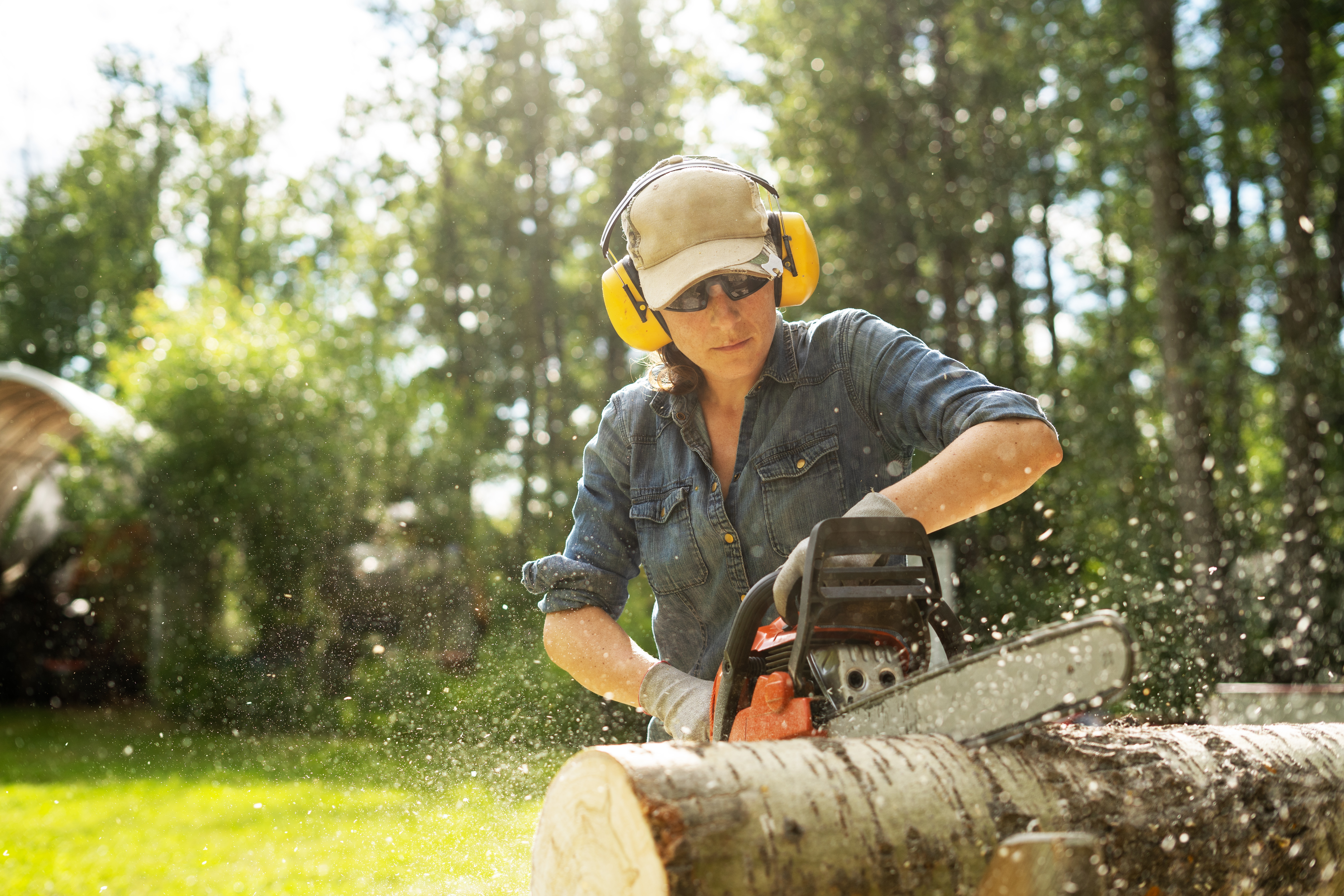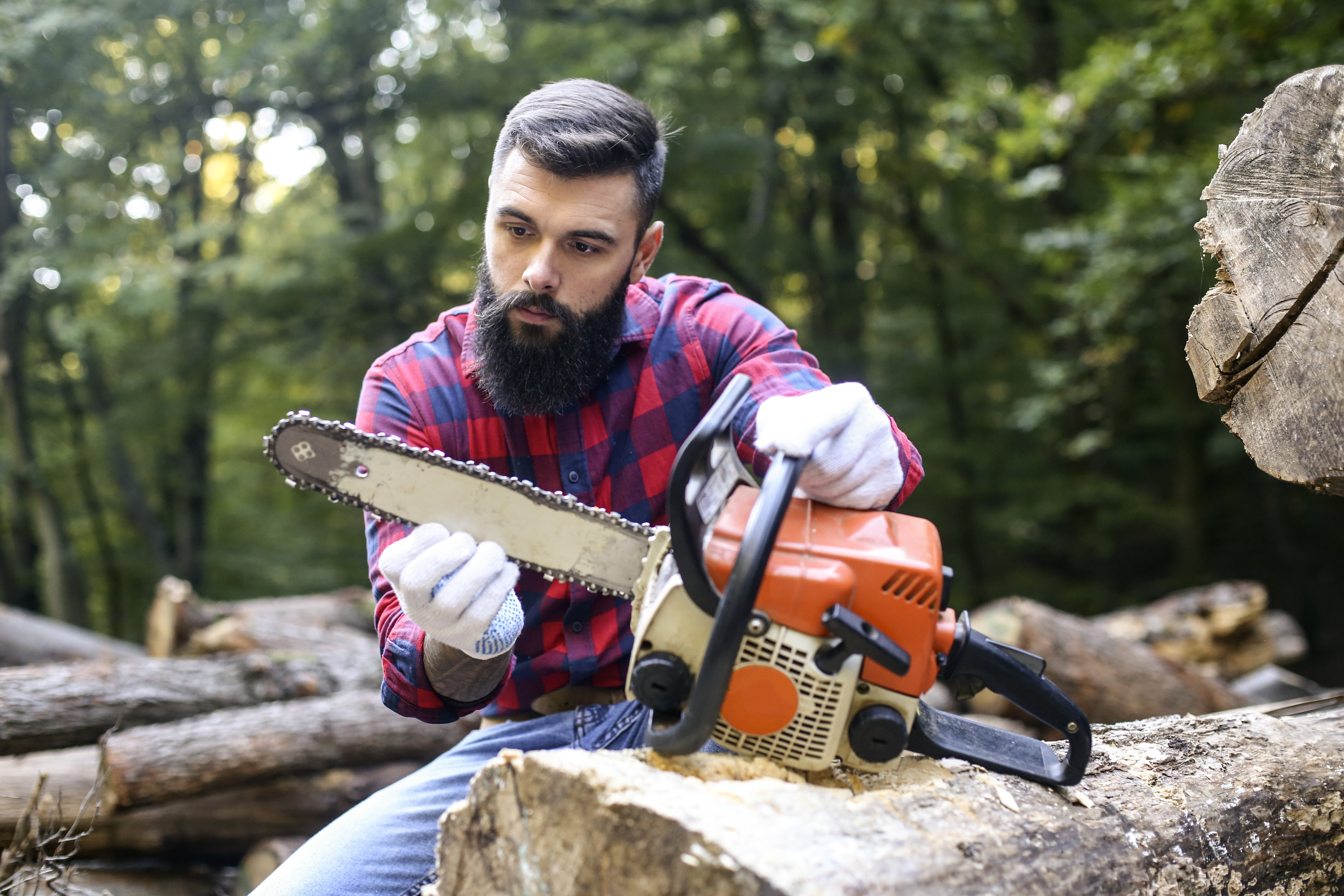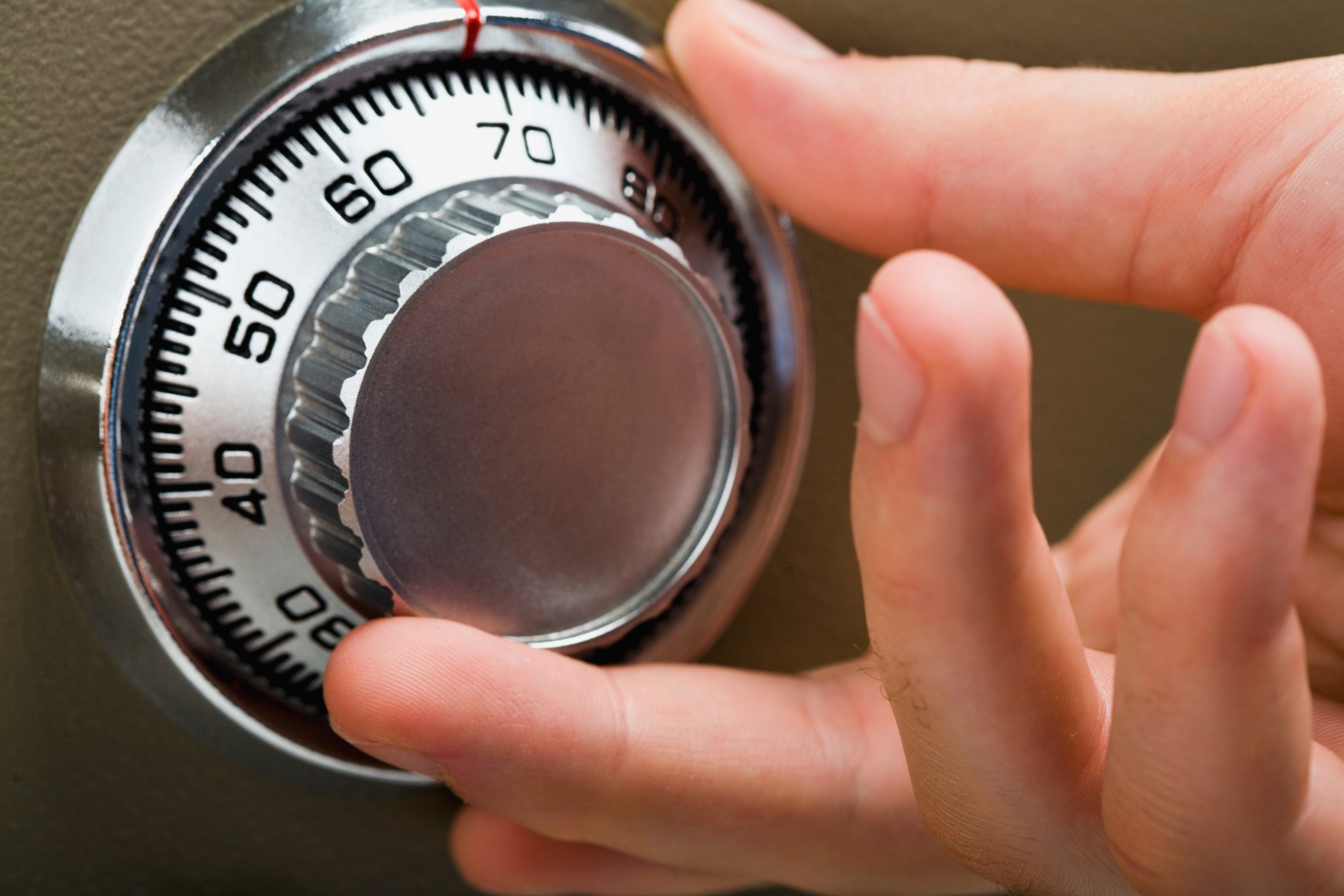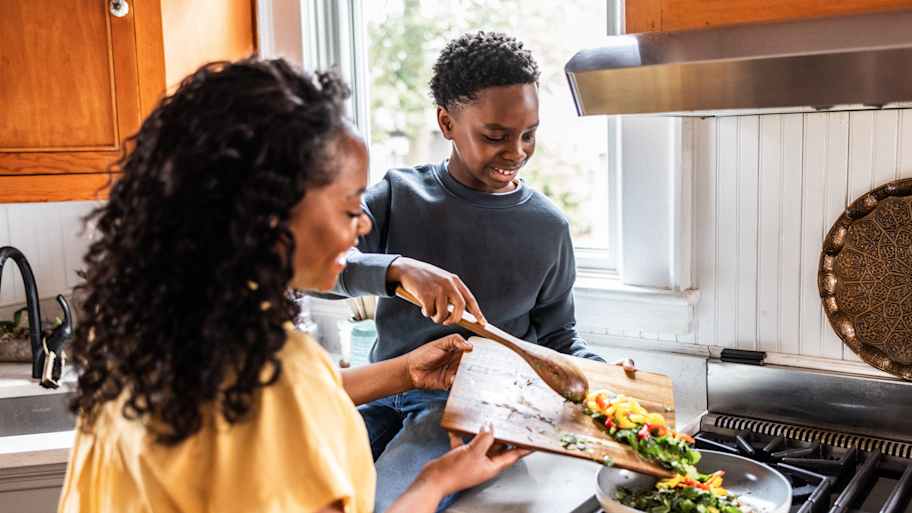
How much does it cost to install a doorbell camera? It depends on whether you plan to DIY or hire a pro. Learn about different models and their power sources, too.
Simple steps can prevent harmful accidents


Whether you’re pruning branches or felling a large tree, it’s tempting to grab a chainsaw, yank the pull handle, and start chopping. However, it’s best to exercise caution when operating serious power tools, no matter how often you’ve used them. To avoid dangerous incidents, we’ve compiled the best chainsaw safety tips for beginners and experts.
Even for seemingly simple tasks, the right gear is essential when operating a chainsaw. The chainsaw blade is hazardous, of course, but falling debris also necessitates protective gear. Wear tight-fitting clothes so nothing gets caught on the chain, along with several pieces of Personal Protective Equipment (PPE).
The recommended PPE for chainsaw use includes:
Safety glasses
Work gloves
Hearing protectors
Boots with safety toes
Cut-resistant safety chaps
A hardhat
Kickback is the term for when a chainsaw experiences a sudden, upward movement. It’s one of the most common causes of chainsaw-related accidents. Kickback can occur for several reasons, including a dull or broken chain, loose chain tension, or poor cutting technique.
Here are some ways to reduce the risk of kickback:
Maintain a firm grip on the handles
Avoid sawing with the blade tip
Keep a balanced, low center of gravity
Properly maintain the chainsaw
A level surface provides added stability and safety, reducing the risk of kickback and unexpected movements like tipping over. The ground works fine in most cases, but if you’re working on rocky, uneven terrain, find a flat area. Drop starting, or starting the chainsaw while it is in the air, is never recommended.

Most manufacturers recommend keeping three points of contact on the chainsaw while starting it. With the chainsaw on a flat, level surface, the best method is to place one foot on the rear handle, one hand on the front handle, and use the other hand to start the device.
Even if there’s a pesky tree branch you could trim in seconds, you should avoid climbing heights to use a chainsaw. Improper balance can lead to serious harm, as it’s more difficult to control a chainsaw if you’re unstable. Additionally, working at such heights could cause an injury from falling. A pole saw is a more effective tool for clearing high branches than a chainsaw.
This tip is pretty self-explanatory but worth mentioning nonetheless. Always keep two hands on a chainsaw while using it. One hand goes on the rear handle, and the other goes on the front handle. Make sure your fingers are fully wrapped around the handles, and use a firm grip to reduce the force of possible kickback.
Knowing who and what is around you is crucial while operating a chainsaw. This is especially important when children and pets are present.
Another hazard to watch out for is tree branches that are under tension, which are liable to spring outward when cut. Snapping branches can be startling and cause users to swing or drop the chainsaw unintentionally.
Gas chainsaws produce harmful exhaust fumes like carbon monoxide, so only use them in open, well-ventilated areas. Do not operate gas-powered chainsaws in garages and work sheds. Electric and battery-powered chainsaws don’t produce emissions, meaning carbon monoxide isn’t a concern.
Several safety guidelines are worth following even when the chainsaw isn’t in use. When moving a chainsaw from place to place, keep it in a carrying case or use a bar guard to cover the blade. Ensure the device is turned off and no longer hot.
The same rules apply to storing a chainsaw. Keeping it covered in a cool, well-ventilated place will ensure longevity and reduce the risk of issues occurring during yard work, such as cutting trees, trimming branches, or removing tree stumps.

Chainsaws require regular upkeep to work safely and effectively. Routine maintenance also extends the lifespan of your chainsaw, helping you get the most out of your money. Chainsaw maintenance tasks include:
Lubricating the chain
Regularly cleaning the chainsaw, including after each use
Inspecting and rotating the chainsaw bar
Checking if the air filter is clogged or damaged
Ensuring the chain is properly tensioned
Inspecting, cleaning, and replacing the spark plugs
Each chainsaw's usage and maintenance are slightly different depending on the manufacturer and model. As a result, it’s worth consulting the owner’s manual before you start chopping. The instructions will provide key safety information, a layout of the controls, and best practices for proper maintenance.
Even when following all safety precautions, accidents can still occur. That’s why it’s best to operate a chainsaw in the presence of another person and/or in an area that’s easy to access. The other person can offer immediate help in the event of an accident, and working in an easily accessible location allows emergency response to arrive faster if further assistance is needed.
If you’re not confident in operating a chainsaw or no one is available to help you, call a local arborist to do the chopping. The average cost to hire an arborist is $875, but you can’t put a price on your safety.
From average costs to expert advice, get all the answers you need to get your job done.

How much does it cost to install a doorbell camera? It depends on whether you plan to DIY or hire a pro. Learn about different models and their power sources, too.

Discover wall safe installation cost details. Learn about average prices, key cost factors, and tips to save on your wall safe project.

Motion-sensor lighting costs vary greatly because they have so many customizations available. Learn more by using this cost guide about motion-sensor lights.

A home alarm system can help make your home safer, but it depends on several factors. Keep reading to see if home alarm systems are worth it.

Wondering where to place security cameras inside and outside of your home? Get expert guidance on the best locations for surveillance.

Cooking, smoking, electrical issues, malfunctioning alarms, and other hazards can lead to deadly house fires. Follow these tips to prevent fires from happening.